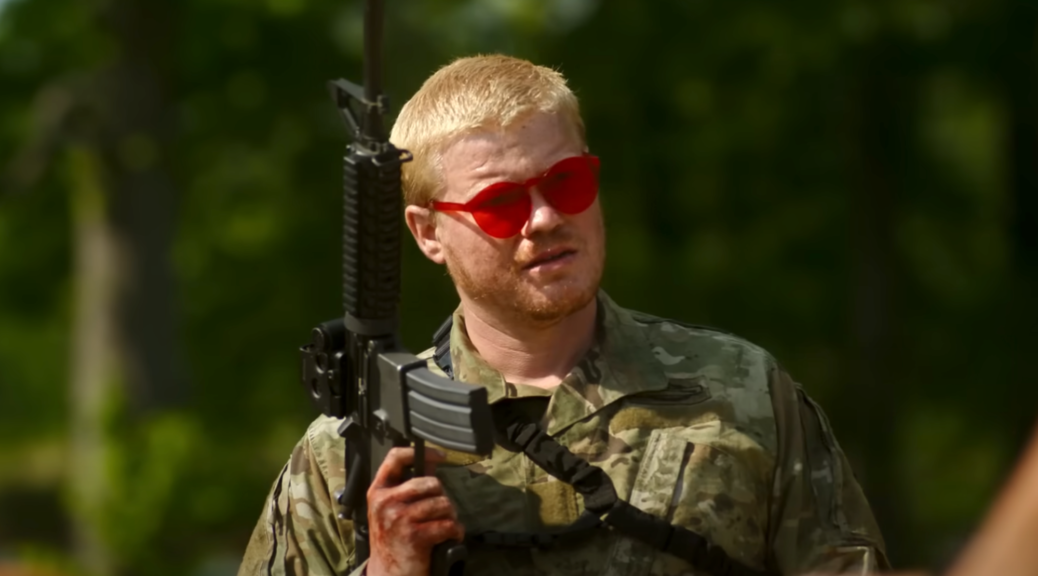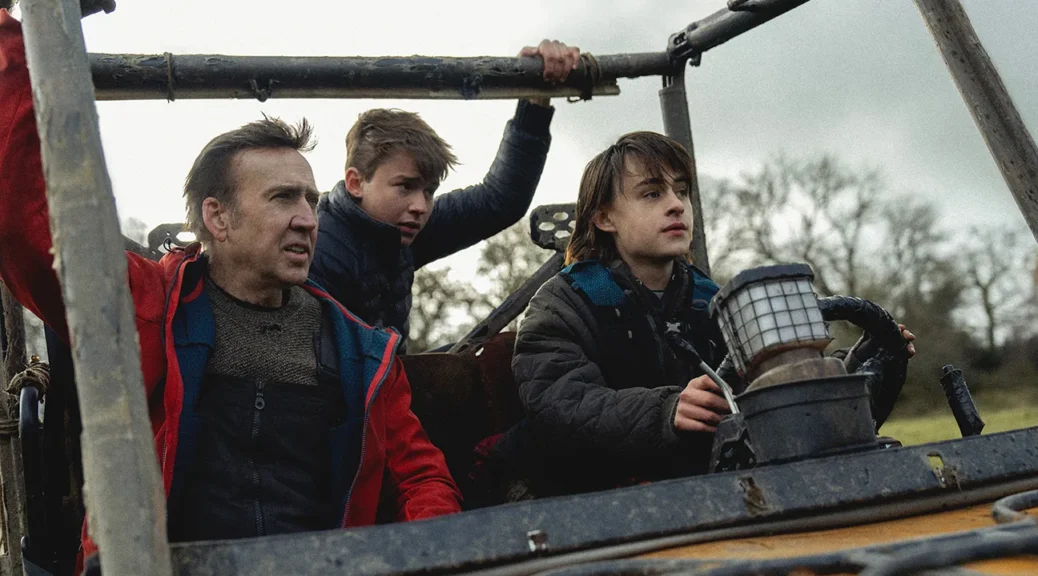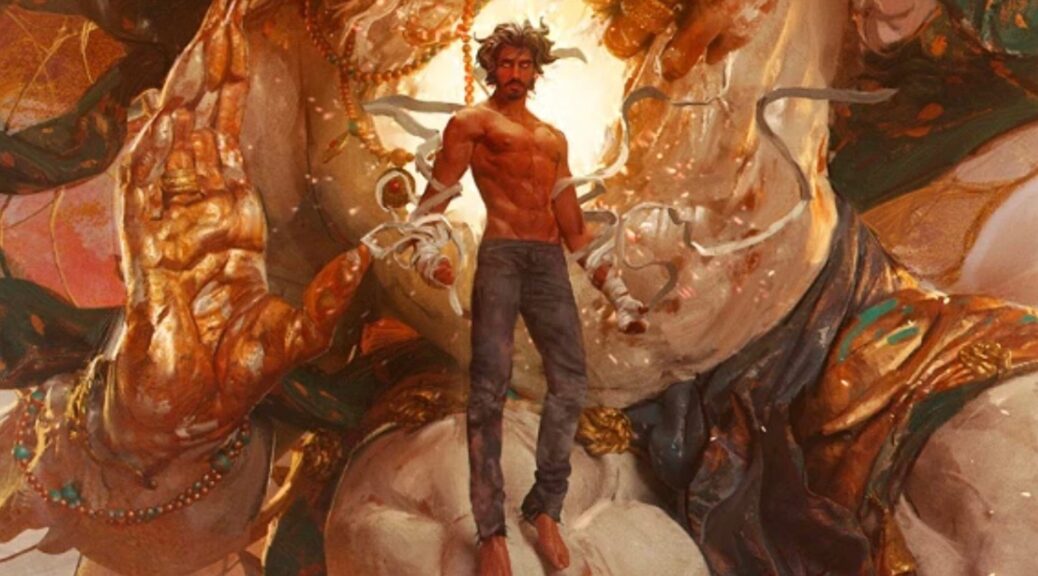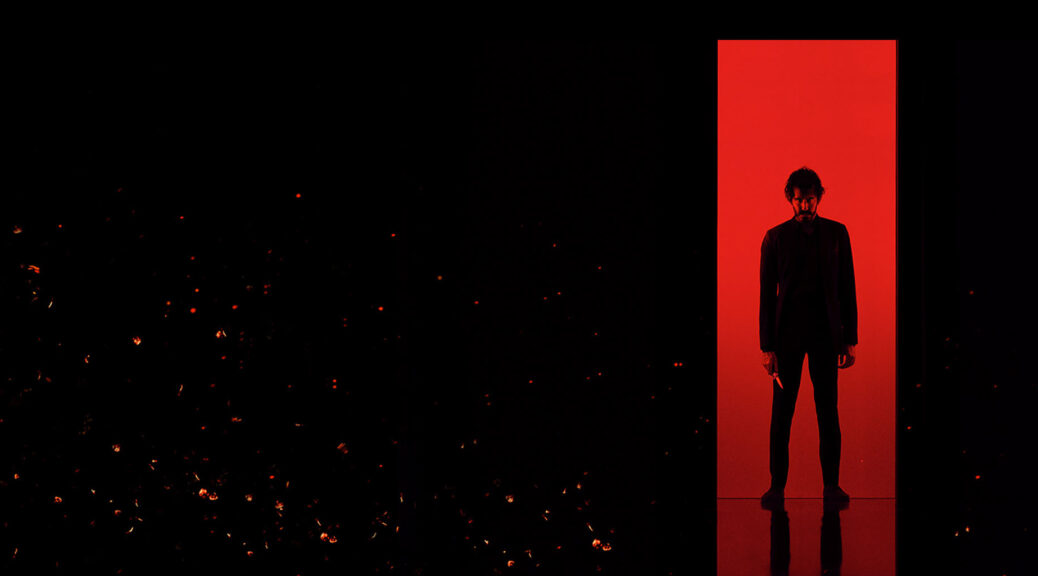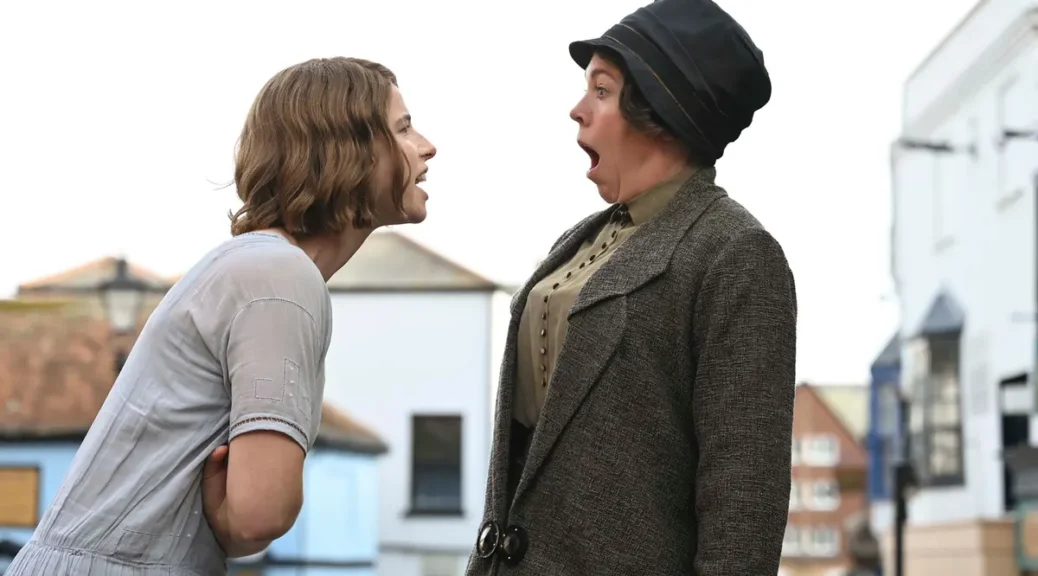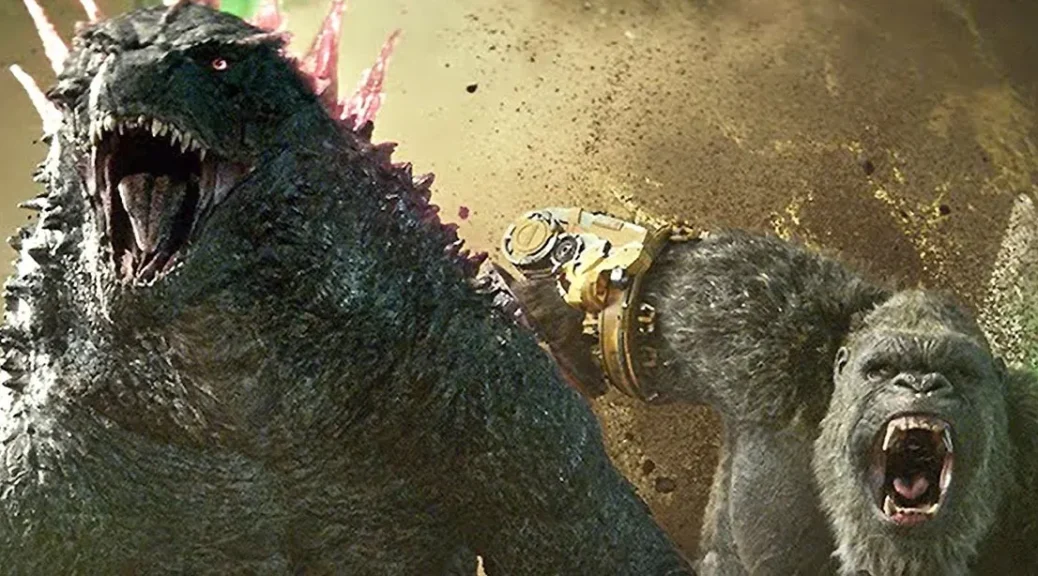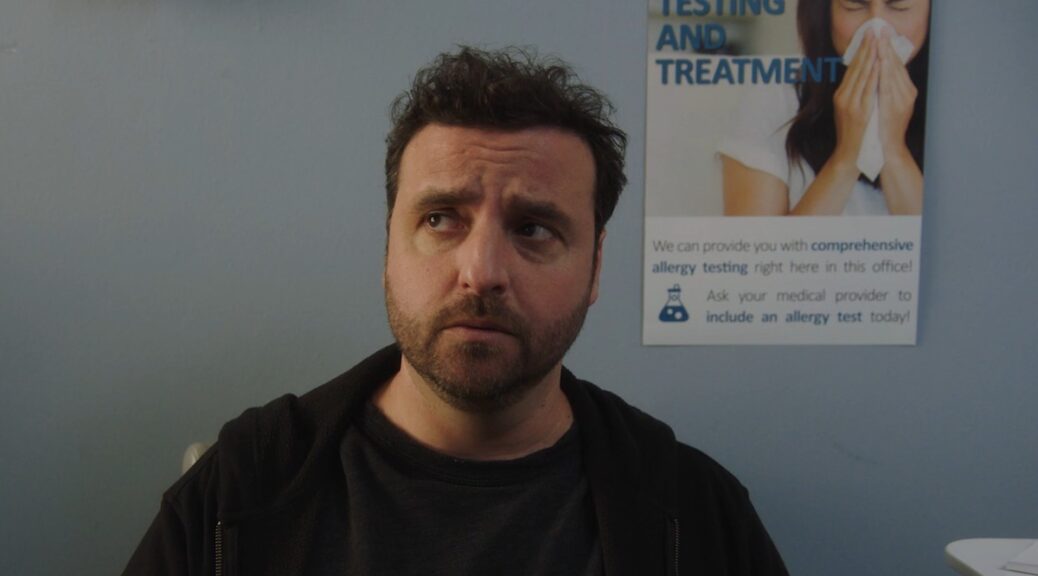Once upon a time, there was nothing cooler than a mall. There was no place you would rather be. It was an oasis, a microcosm, and an excellent location for horror. In honor of the 45th anniversary of George Romero’s pinnacle of consumerist horror, we decided to pull together a list of the five most effective shopping mall horrors.
5. Chopping Mall (1986)
In 1984, Kelli Maroney found mall side horror in Night of the Comet. Like Halley’s Comet, shopping center disaster returned to Maroney just two years later.
She and some pals are planning a wild party inside Park Plaza Mall after closing. But their state-of-the-art security robots go all Robo Cop on them. Boasting a supremely 80s vibe, plus the great Barbara Crampton and a Mary Woronov/Paul Bartel sighting! Jim Wynorski’s time capsule of 80s horror might be more fun to watch now than when it was released.
4. Slaxx (2020)
Absurdism meets consumerism in co-writer/director Elza Kephart’s bloody comedy, Slaxx. CCC Clothing’s new line of denim adjusts to your body and makes you look even more glorious than you already do. And these jeans fit every single figure, from 5 pounds underweight to 5 pounds overweight. It’s a dream come true.
Sehar Bhojani steals every scene as the cynical Shruti, but the jeans are the real stars here. Kephart finds endlessly entertaining ways to sic them on unsuspecting wearers.
Where Romero mainly pointed fingers at the hordes mindlessly drawn to stores like CCC, Kephart sees the villains as those perpetuating clean corporate hypocrisy. Still, it’s their customers and workers she murders—by the pantload.
3. Fear Street: Part One – 1994 (2021)
The first episode in Leigh Janiak’s trilogy takes us to Shadyville, site of misery, trauma and unpleasantness nigh on 300 years. Not that Deena (Kiana Madeira) is buying all this “witch’s curse” BS.
Janiak’s 90s vibe is strong and her soundtrack is tight. Performances—Madeiera as well as Benjamin Flores Jr., Maya Hawke, Fred Hechinger and Gillian Jacobs—far exceed expectations for an R. L. Stine adaptation.
Part One is the best in the trilogy, but all three of Janiak’s Fear Street installments deliver fear and fun in equal portions.
2. Dawn of the Dead (2004)
Zack Snyder would go on to success with vastly overrated movies, but his one truly fine piece of filmmaking updated Romero’s Dead sequel with the high octane horror. The result may be less cerebral and political than Romero’s original, but it is a thrill ride through hell and it is not to be missed.
The flick begins strong with one of the best “things seem fine but then they don’t” openings in film. And finally! A strong female lead (Sarah Polley). Polley’s beleaguered nurse Ana leads us through the aftermath of the dawn of the dead, fleeing her rabid husband and neighbors and winding up with a rag tag team of survivors hunkered down inside a mall.
In Romero’s version, themes of capitalism, greed, and mindless consumerism run through the narrative. Snyder, though affectionate to the source material, focuses more on survival, humanity, and thrills. (He also has a wickedly clever soundtrack.) It’s more visceral and more fun. His feature is gripping, breathlessly paced, well developed and genuinely terrifying.
1. Dawn of the Dead (1978)
Romero returned to the land of the undead in ’78 with a full-color sequel to Night. Set in Philadelphia, at a news broadcast gone crazy, the film follows a news producer, her chopper pilot boyfriend, and two Philly SWAT cops ready to abandon the organized zombie fight and find peace elsewhere. The four board a helicopter, eventually landing on the roof of a mall, which they turn into their private hideaway.
Romero, make-up legend Tom Savini, and Italian horror director Dario Argento teamed up for the sequel. You feel Argento’s presence in the score and the vivid red of the gore.
Ken Foree and Scott Reiniger as the buddies from SWAT create the most effective moments, whether character-driven tension or zombie-driven action. Romero’s politics are on his sleeve with this one, and he seems to be working to build on successes of his original. He uses the “z” word, digs at Eighties consumerism, shows full-color entrails, and reminds us again that the undead may not be our biggest enemy once the zombie-tastrophe falls.

